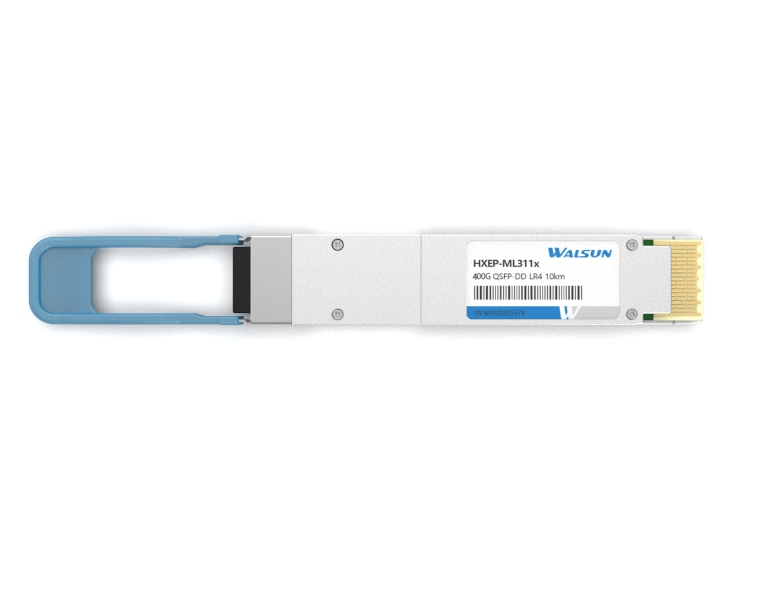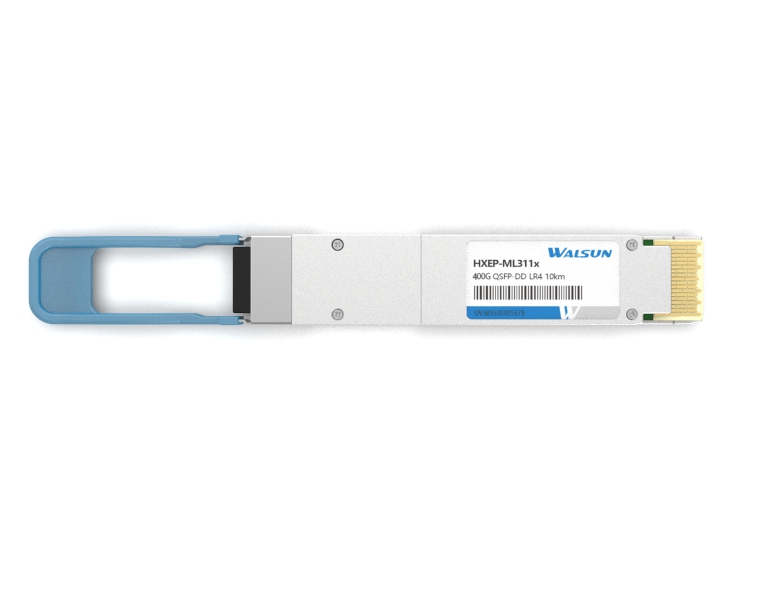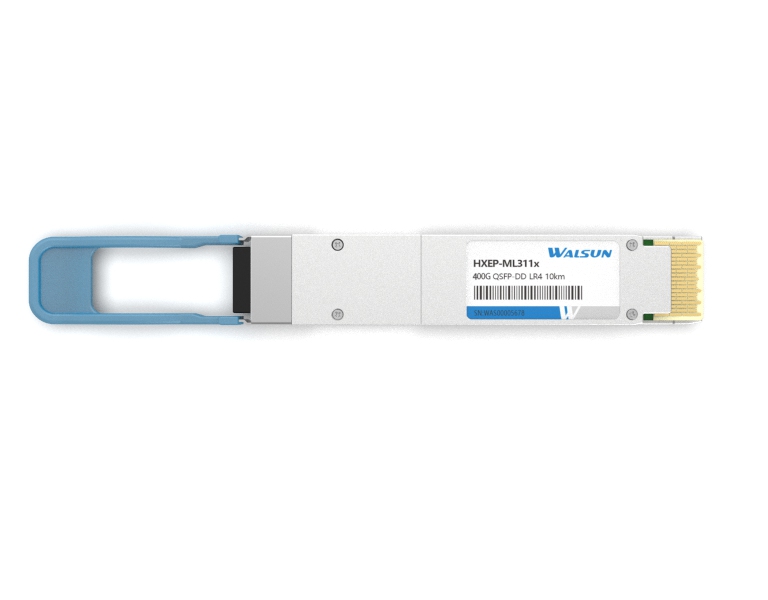PRODUCTS

- The main difference between QSFP-DD and QSFP56 lies in their data rates and the number of electrical lanes. QSFP-DD supports data rates of up to 400Gbps and includes 8 electrical lanes, while QSFP56 supports data rates of up to 200Gbps and includes 4 electrical lanes. Additionally, QSFP-DD is backward compatible with QSFP and QSFP28, while QSFP56 is not backward compatible with previous QSFP forma784

- OSFP (Octal Small Form-factor Pluggable) and QSFP-DD800 (Quad Small Form-factor Pluggable Double Density 800) are both types of transceiver modules used in high-speed networking applications. The main difference between the two lies in their form factor and data transfer capability.OSFP is a newer form factor that is larger than QSFP modules and is designed to support higher data rates, specifical1118

- The 100G QSFP28 optical module is a high-speed optical communication module commonly used in application scenarios such as data centers, cloud computing and high-performance computing. Common types of this module, including SR4, LR4, ER4, PSM4, ZR4, SR BIDI and SWDM4.QSFP28-100G Optical Module FeaturesCompliant to Ethernet 100GBASESupport line rates from 103.125 Gb/s to 112 Gb/s OTU4Duplex LC opti1213

- The main difference between QSFP-DD and QSFP-DD800 lies in the data rate and capacity they support.QSFP-DD (Quad Small Form Factor Pluggable Double Density) is a transceiver form factor that supports data rates of up to 400Gbps. It features eight electrical lanes that can operate at 50Gbps or 100Gbps each, with extended reach capabilities. QSFP-DD is designed to address the increasing demand for h609

- QSFP28 and QSFP-DD are both form factors for high-speed, high-density interconnects, but they have several differences.QSFP28:1. QSFP28 stands for Quad Small Form-factor Pluggable 28 and supports data rates of up to 100Gbps per port.2. It has a 4-lane electrical interface, with each lane operating at 25Gbps.3. The maximum aggregate data rate of QSFP28 is 100Gbps.4. It is widely used for 100G Ether731


 CHS
CHS Walsun Mall
Walsun Mall










